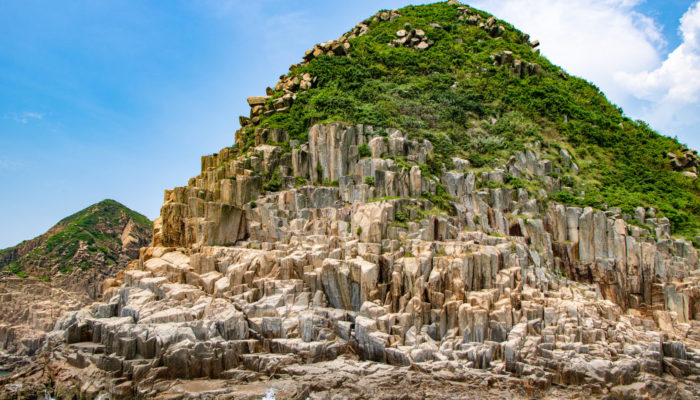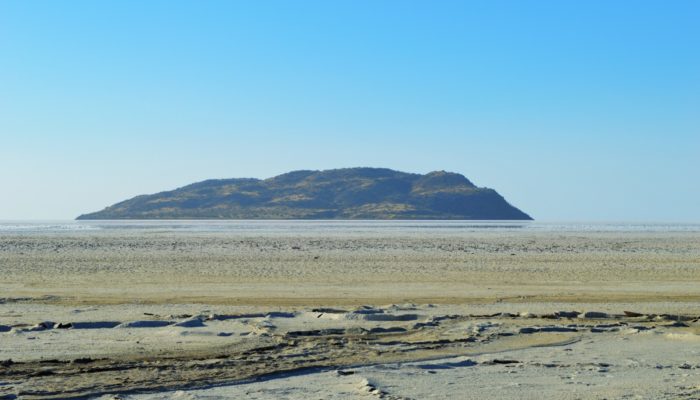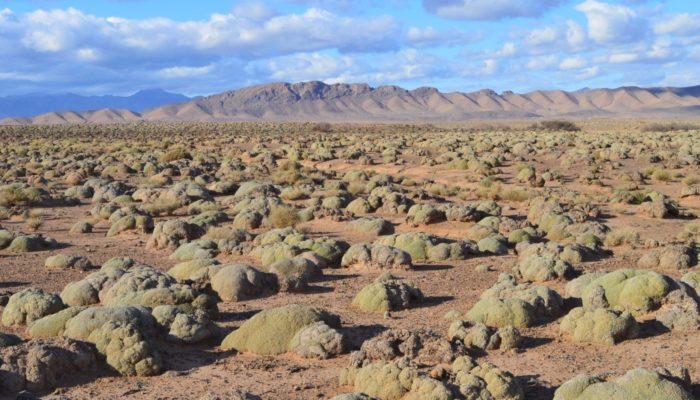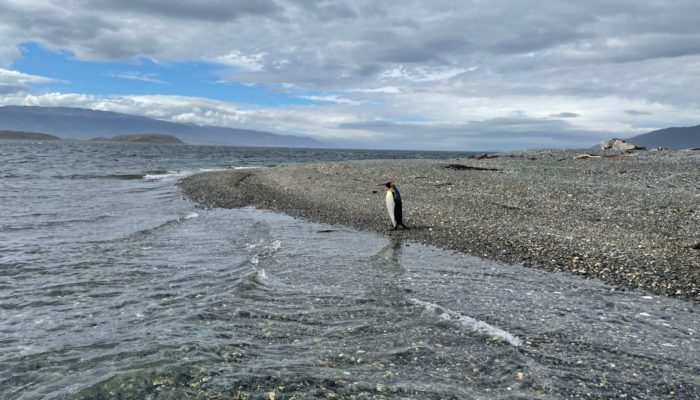The picture shows the world’s rarest hexagonal rhyolitic volcanic rock columns on the northern island of the Ninepin Group in the easternmost waters of Hong Kong. These rocks columns are believed to form about 140 million years ago after a major volcanic eruption near Sai Kung. When the volcanic ash and lava slowly cooled down, joints and cracks started to develop on the surface and then extended ...[Read More]
Imaggeo On Monday: Ninepin Group: the spectacular hexagonal columns




